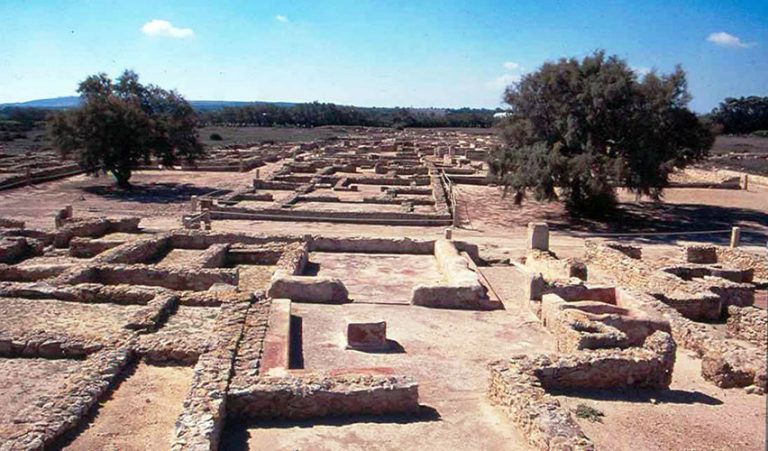Tunisia, Kerkouane

Hydria Virtual Museum
الصلة بالموضوع
The remains of the small punic city of Kerkouane are located in the “Good Cape” (Cap Bon) Peninsula, on the northern coast of Tunisia, 6 km far from the touristic town of Kelibia and 120 km eastern from the capital Carthage.
The city of Kerkouane that dates back to the 6th century BC was destroyed in the mid 3rd century BC, probably during the first Punic War. Unlike what happened in Carthage, Tyre or Byblos, no Roman city was built on the destroyed Phoenician one. Actually, the remains constitute the unique worldwide example of a Phoenicio-Punic city to have survived. The ruins of a port, ramparts, residential districts, shops, workshops, streets, squares, temples and a necropolis unveil a sophisticated town planning.
These remains testify also that Phoenicians had adapted successfully to the water scarcity of the region and had developed a sophisticated urban water management system that could cover the needs of its 2000 inhabitants of that time (for handicrafts, food production, domestic needs, etc.).
Moreover, the remains demonstrate that Phoenicians had a great appreciation for water in personal care, cleanliness and hygiene: Perhaps the most remarkable feature of the settlement is that so many houses appear to have elaborate baths made from red concrete – bathing appears to have been an important part in their lives!
In this case study the water related remains of the ancient urban settlement are presented.
The archaeological site of Kekouane and its nearby Necropolis are registered in the UNESCO World Heritage List.